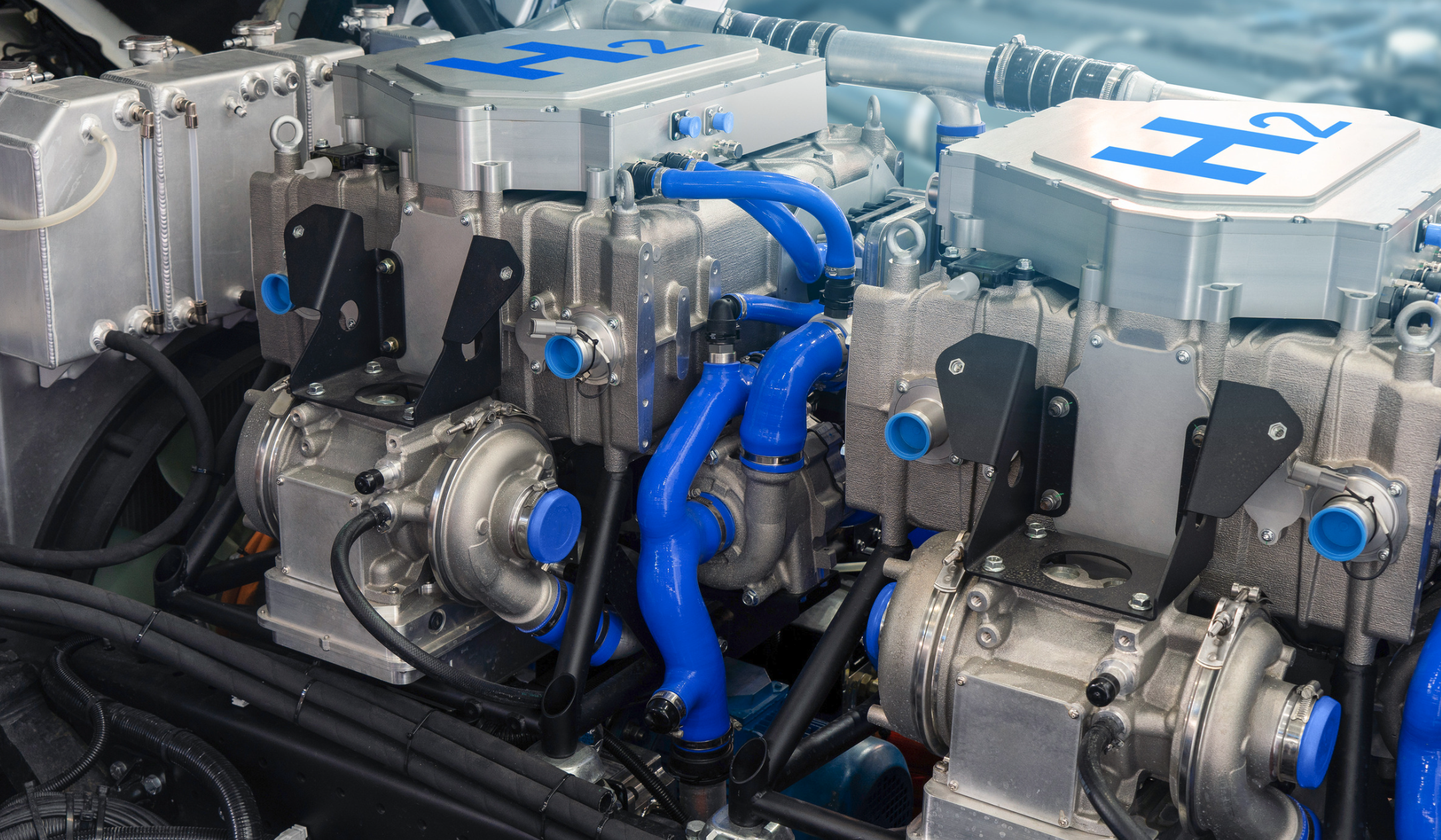Advancing Green Hydrogen Technology: Insights from COP28 Progress Report
Introduction
The COP28 climate talks marked a watershed moment in the global effort to transition away from fossil fuels. While the top-level announcements garnered significant media attention, the real substance lay in the practical discussions about utilizing existing technologies to facilitate this transition. This article delves into the COP28 discussions and highlights how we can leverage current green technologies, particularly hydrogen and methane sensors for leak detection and compound analysis, to meet net-zero emissions targets.
Harnessing Existing Technologies
The infrastructure and expertise for many clean-tech energy solutions—such as hydrogen, carbon capture, utilization and storage (CCUS), electrofuels, biofuels, and renewables—are already in place. However, what is needed now is an enabling commercial, investment, and regulatory environment to overcome existing hurdles and scale these technologies. Critical among these technologies are advanced sensors for hydrogen and methane leak detection and compound analysis, which play a crucial role in ensuring the efficiency and safety of energy systems.
Panel Discussions: Accelerating Decarbonization
During the Sustainable Innovation Forum at COP28, a panel session titled “Prioritising Technologies for Rapid Decarbonisation” addressed key strategies for scaling green technologies. Professor Dr. Emmanouil Kakaras from Mitsubishi Heavy Industries emphasized the importance of harnessing existing technologies rather than waiting for new innovations.
“If we take the commitments towards carbon neutrality by 2050, there isn’t time to invent new technologies,” Dr. Kakaras cautioned. “We have to rely on what we have in hand. This includes technologies like carbon capture for hard-to-abate sectors and electrolysis for hydrogen production at scale. These are established technologies that can be scaled efficiently to meet decarbonization goals.”
The Role of Hydrogen and Methane Sensors
Hydrogen and methane sensors are pivotal in detecting leaks and analyzing gas compositions in real-time, ensuring that emissions are kept in check. These sensors enhance safety and operational efficiency by providing accurate and timely data on gas leaks and concentrations, allowing for immediate corrective actions.
Economic Viability and Policy Support
Economic viability is crucial for the widespread adoption of green technologies. Ken West, President & CEO of Honeywell Energy & Sustainability Solutions (ESS), highlighted the role of economic incentives and policies. “Institutions are looking for opportunities to finance projects with strong returns. Policies like the US Inflation Reduction Act or the EU’s Hydrogen Bank create favorable conditions for investors by minimizing risks and supporting the energy transition,” West explained.
Dr. Gabrielle Walker, co-founder of the non-profit Rethinking Removals, emphasized the importance of long-term contracts and offtake agreements in providing the necessary demand signals to make green infrastructure projects a reality.
Building New Infrastructure
The challenge of building new low-carbon infrastructure was a key topic at COP28. Bill Newsom, President and CEO of Mitsubishi Power Americas, discussed the urgency of developing new infrastructure within a limited timeframe. “It took a century to build our current carbon-based energy system. Now, we need to build a new low-carbon infrastructure in less than 30 years,” Newsom noted.
Projects like the European Hydrogen Backbone, which aims to establish 53,000 kilometers of hydrogen pipelines by 2040, exemplify the scale of collaboration required. Jorgo Chatzimarkakis, CEO of Hydrogen Europe, stressed the need for private capital alongside public funding to achieve these ambitious goals.
Collaborative Efforts and Success Stories
Collaboration is essential for the successful scaling of green technologies. The GravitHy project in France, which aims to create a green steel plant using hydrogen to produce direct reduced iron, brings together diverse stakeholders, including French energy group Engie, MHI group company Primetals Technologies, and the EU’s EIT InnoEnergy innovation facilitator.
In Utah, the Advanced Clean Energy Storage Hub (ACES Delta Hub), a partnership between Mitsubishi Power Americas and Chevron, aims to develop a utility-scale clean hydrogen production facility. Craig Broussard, President and CEO of ACES Delta, emphasized the importance of choosing partners with aligned values to ensure successful project outcomes.
Conclusion
The discussions at COP28 highlighted a pivotal truth: the technologies necessary for a clean energy transition already exist. The focus now is on adapting business models, scaling efficiently, and expanding the applications of these technologies. As we move forward, the imperative is clear: we must accelerate the pace of change to achieve a greener, more resilient future.
By fostering collaboration, creating favorable economic conditions, and leveraging existing technologies, including advanced hydrogen and methane sensors for leak detection and compound analysis, we can meet our decarbonization goals and pave the way for sustainable development. The insights from COP28 provide a roadmap for the journey ahead, emphasizing that the time for action is now.









